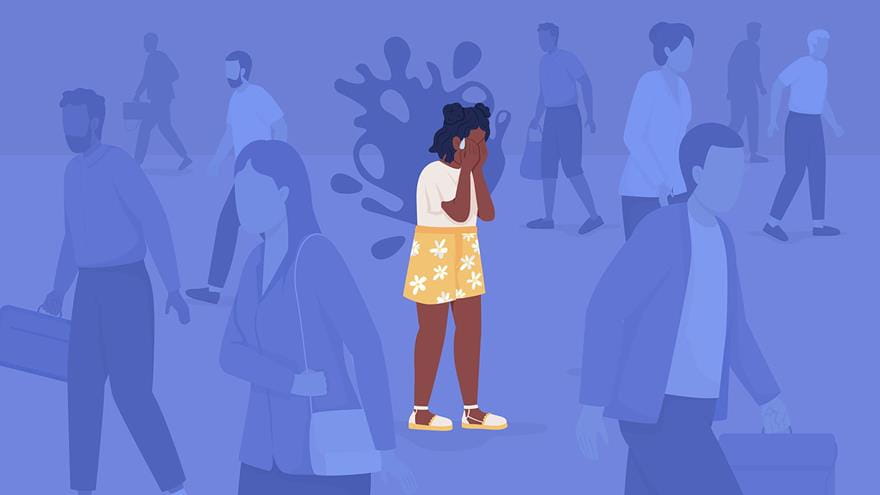How Do High-Profile Incidents of Racial Discrimination Affect the Eating Habits of Black Women?

- Drexel Selects New, World-Class Life Sciences Building at 3201 Cuthbert Street for Medical Research Operations
- Turn Happy Places and Memories into a Happy New Year
- Breakthrough on Gene Therapy for Hereditary Spastic Paraplegia
- Drexel Environmental Collaboratory Releases Cross-Sector Findings on Severe Weather Recovery Challenges

Around the time of the untimely death of Freddie Gray, a 25-year-old Black man in police custody, researchers from Johns Hopkins University were collecting data for Communities CARING, a study that examined the relationship of health behaviors among public housing residents in East and West Baltimore communities in Maryland. Led by Kristal Lyn Brown, PhD, an assistant professor in Drexel University’s College of Nursing and Health Professions, a secondary analysis of the data collected for Communities CARING examined the relationship between a high-profile event (Gray’s death) and disordered eating behaviors of Black women both before and after unrest.
Recently published in the Journal of Racial and Ethnic Health Disparities, differences in eating behaviors – emotional eating, uncontrolled eating, cognitive restraint – among Black women residing in the neighborhood near where Gray lived were compared to the eating behaviors of women living in a similar neighborhood farther away, on the other side of Baltimore. The original data collection included the cross-sectional in-person interviews of 254 Black women in Baltimore.
“This study was conceptualized through a vicarious racial discrimination lens – or observing racial discrimination or violence toward other members of the Black community,” said Brown, a Drexel FIRST faculty member.
Brown noted that while this study focused on police violence as a form of vicarious racial discrimination, this type of discrimination is not exclusive to police violence. For example, individuals can experience vicarious racial discrimination through social media, at school or in the workplace, shared stories from family, friends, and strangers alike.
“Regardless of how racial discrimination is experienced, it is a stressor and could lead to race-based traumatic stress (RBTS) — a psychological and emotional reaction, as well as several other poor mental and physical health outcomes,” said Brown.
The research team found that Black women living closer to the unrest reported higher levels of emotional eating and smoking and perceived there to be an increase in daytime crime — highlighting that those residing in this neighborhood are dealing with more stressors overall and engage in various forms of coping, including emotional eating.
Additionally, Black women who took the survey after the unrest and lived in closer proximity reported higher cognitive restraint, showing control over food intake.
“This finding was unanticipated, as uncontrolled eating and emotional eating are more commonly linked to stress,” said Brown. “Our study is cross-sectional, so findings do not imply causality; however, findings do underscore the importance of continuing to explore racial discrimination as a stressor and eating behaviors as a potential coping mechanism.”
Brown added that future research should continue to explore unique stressors, such as racial discrimination, and coping behaviors that might be linked to these stressors in minoritized populations — particularly those sitting at the intersection of multiple identities (e.g., race, living in a larger body). There is also a need for longitudinal and mixed methods studies to better understand the lived experiences and eating behaviors of Black women, a high-risk, under studied population — with a focus on environmental perceptions of safety, racial discrimination, race-based trauma and eating behaviors.
In addition to Brown, the study, “Association Between Maladaptive Eating Behaviors Among Black Women and Vicarious Racial Discrimination Following a High-Profile Event,” was co-authored by Amie F. Bettencourt, PhD, Anika L. Hines, PhD, Lisa A. Cooper, MD and Kimberly A. Gudzune, MD of Johns Hopkins University.
In This Article
Contact
Drexel News is produced by
University Marketing and Communications.